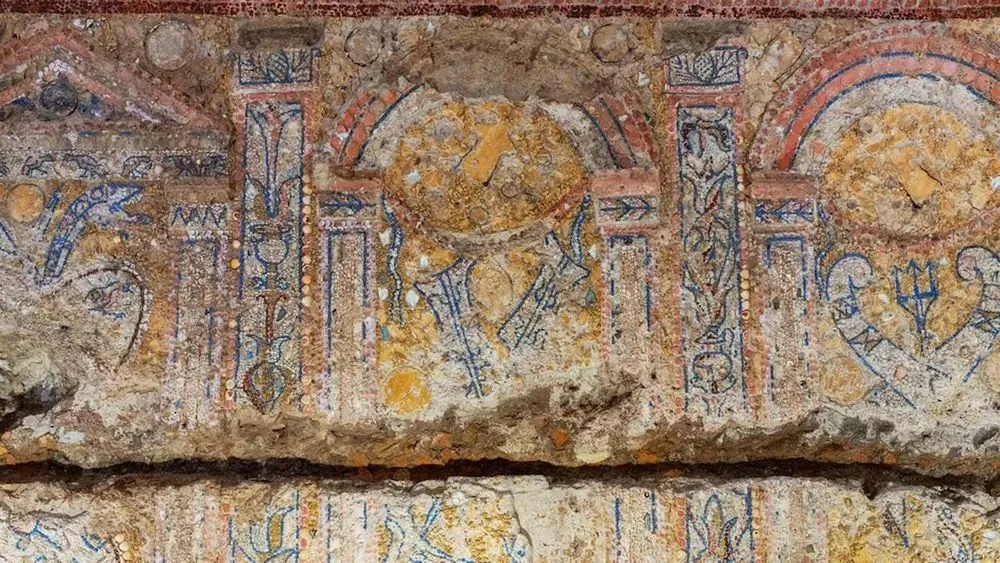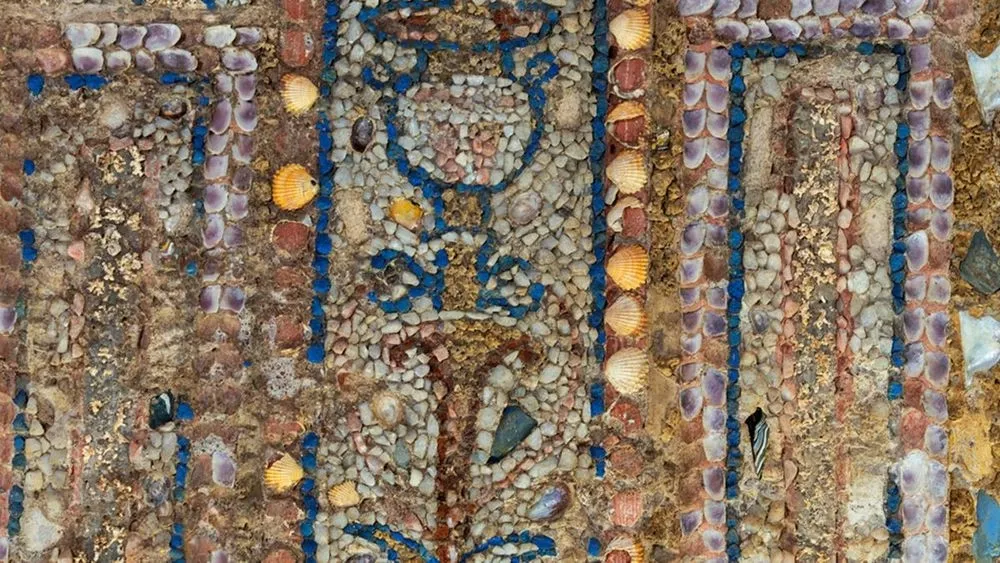In Rome, archaeologists found a mosaic made of shells in a luxury house
Kyiv • UNN
Archaeologists in Rome have discovered a mosaic of shells in the luxurious 2300-year-old house of a Roman senator on the Palatine Hill, revealing a banquet hall with exceptional decorations.

Archaeologists in Rome have discovered a banquet hall decorated with colorful mosaics on the walls. It was part of an aristocratic house built about 2300 years ago on the Palatine Hill. This is reported by Live Science, according to UNN.
Details
The luxurious home was located just a few hundred meters from the city's central forum, an ancient marketplace traditionally considered the heart of Rome, surrounded by temples and government buildings. Scientists believe that the house belonged to the aristocratic family of a Roman senator who may have led the troops in the battle.
A mosaic is a combination of complex scenes, made from fragments of shells, marble and other stone using the color blue. blue color. Archaeologists call the style of mosaic "rustic" - "rustic".
The mosaic is exceptional. It is something new that inspires us to learn more and more about that part of the Palatine, which is a place of great importance for the history of Rome,
According to Rousseau, the banquet hall was discovered during a five-year excavation in the region where the famous granaries, the Agrippa Warehouses, were built. were built by Marcus Vipsanius Agrippa, a friend and son-in-law of the first Roman emperor Augustus.
Agrippa ordered the construction of warehouses in 33 BC when he was elected aedile of the city. This was a high position to which people chosen by Augustus were appointed.

At the same time, the discovered rich house probably dates from the period of late Republican rule in Rome, when the northwestern part of the Palatine Hill was used for the houses of senators.
According to scientists, the banquet hall is a room that imitates a cave. It was was used in the hot summer months because it kept the place cool. It was also was also equipped with lead pipes that supplied water to create fountains.

The mosaic covers the end wall. It is 4.8 meters long and is It is decorated with images of vines, lotus leaves, weapons, pipes, pastoral scenes, coastal landscapes, and ships. Some of the images hint at the double victory on land and sea of the house's owner, who was probably a senator, who was probably a senator - both a politician and a military leader.
Archaeologists in Pompeii found a "prison bakery" where slaves worked11.12.23, 10:07 • 33454 views